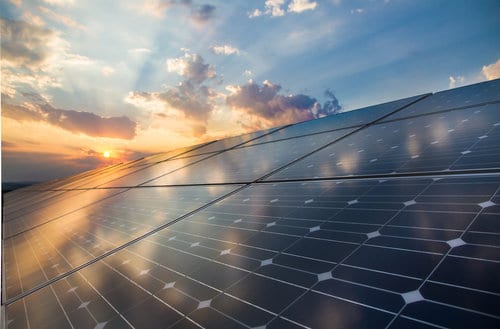The Fossil Free Indexes US (FFIUS) had a banner year in 2014, and even managed to beat the S&P 500 by a pretty substantial margin — outperforming the US benchmark by 1.5 per cent.
Considering how volatile the year was with regards to fossil fuel markets, I wouldn’t say that I’m surprised by this — certainly an interesting and notable trend, though.

With such trends likely to continue — albeit in a stair-step fashion, as many phenomena of failure/decline do — the FFIUS does seem to have some things going for it. That’s if you’re willing to bet on the continued health of the markets, of course — there does seem to be something of the smell of recession in the air lately… but always hard to say with certainty.
Here’s some thought on the trends of 2014 via Barry Schachter at Fossil Free Indexes:
This outperformance illustrates the value of an investment strategy that is carbon-aware. The reason it does so is not because stranded asset risk is the primary reason for the outperformance by the FFIUS in 2014. The outperformance story is told rather in the slowing of global economic growth, the continuing dramatic increase in shale oil production in the United States and OPEC’s decision not to prop up oil prices with production cuts on the day following the US Thanksgiving holiday.
The story inside the story is the information we can glean about the extreme sensitivity of fossil fuel prices to factors affecting supply and demand. An imbalance between the quantities available to supply and the quantities demanded always requires price to adjust. The shocking information we received is that the required adjustment process involved a dramatic impact on prices.
As a result of the price drop, the current value of underground reserves has fallen dramatically. It is important to realize that it doesn’t matter (so much) how the quantities demanded and supplied get out of balance. We can infer from this year’s price volatility that future policy moves to reduce demand for fossil fuels can induce a dramatic reduction in the value of underground reserves.
Good commentary.
As also noted by Schachter, the real takeaway of 2014 was that if you’re investing in something that’s only profitable if a whole lot of contingents all come together perfectly (fracking, cough, cough), that you might get stranded (and screwed) when those contingents are no longer there.
Meanwhile, in Australia, the local CleanTech Index gained 1.9 per cent in January 2015 and again outperformed the Small Ordinaries Index, according to the latest report from Australian CleanTech managing director John O’Brien.
O’Brien said the Australian CleanTech Index rose from 42.84 to 43.66 over the month of January, recording a 1.9 per cent gain, compared to the S&P ASX200 gain of 3.3 per cent and the S&P ASX Small Ordinaries Index gain of 1 per cent. The Australian CleanTech 20 also recorded a 1.9 per cent gain.
The quarterly and 12-month performances of the index remain ahead of both benchmarks with 5.8% and 11.2% gains respectively.
The best performing sub-indices for the month were the Australian Renewable Energy Index with a gain of 8.7% and the Australian Efficiency and Storage Index with a 1.2% gain. The weakest sub-index through January was the Australian Waste Index recording a loss of 5.6%, O’Brien said.
Source: CleanTechnica. Reproduced with permission.









